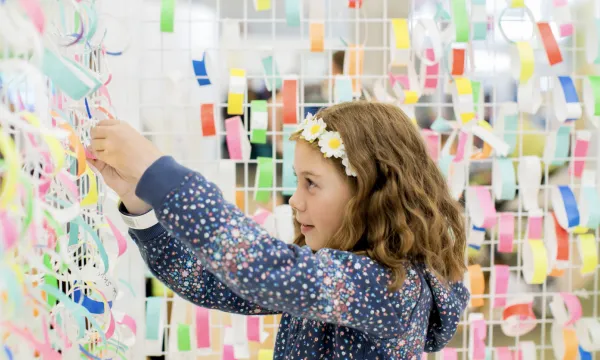However you know us, everyone is welcome here.
We believe that science is messy, creative, collaborative, living and for everyone. It’s part of our day-to-day lives and belongs to all of us.
As an educational charity, we want to build a future where everyone is included, curious and inspired by science to build a better world together.
But before we get to the future, where did we come from?

25 years of asking what if...
To celebrate the curiosity of our city we're going to be working with some local artists to create a very special timeline, a physical one that you can touch and play with. Help us by sharing your weird and wonderful memories with us - we can’t tell our story without yours!
Our timeline
1906
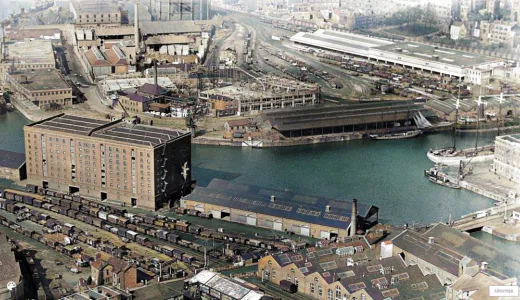
1965
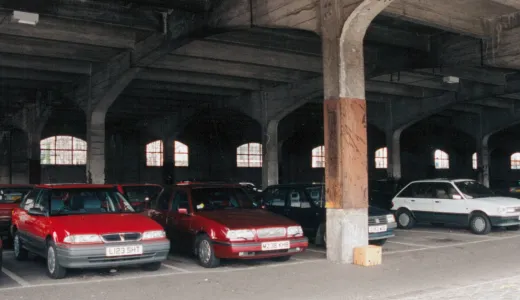
1984
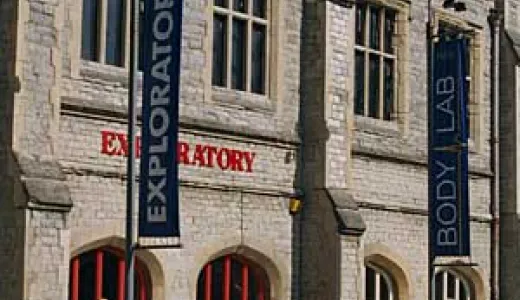
1997-98
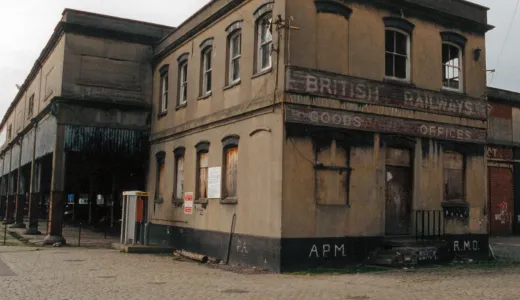
1999
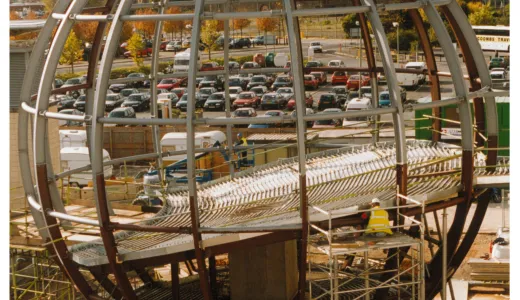
2000 - 2017
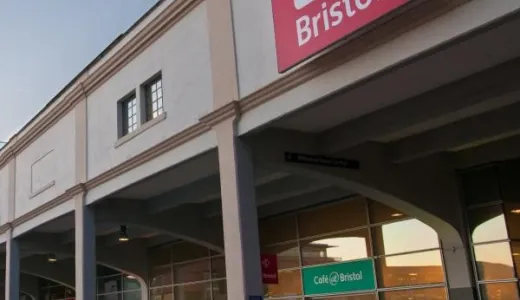
2012
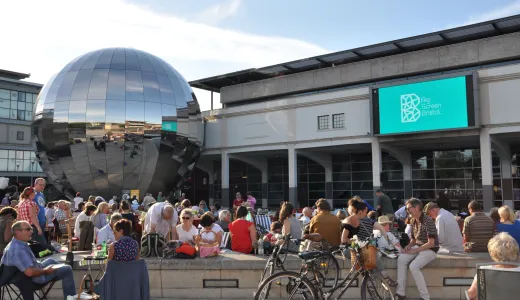
2015
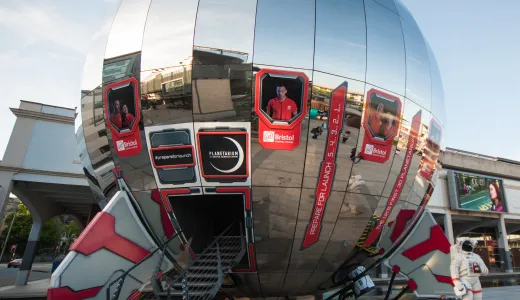
2015-2016
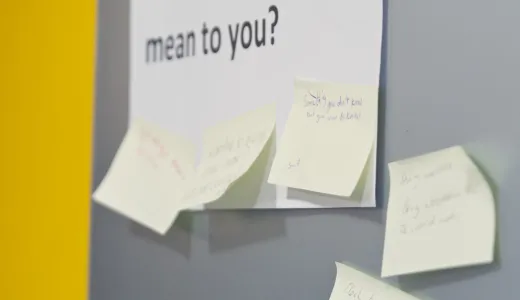
2017
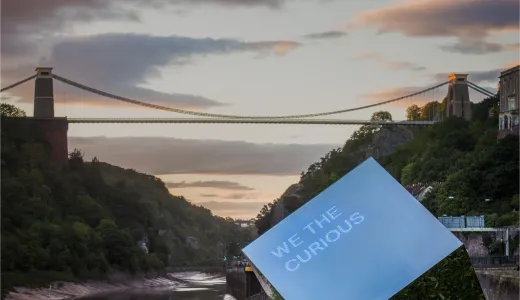
2018
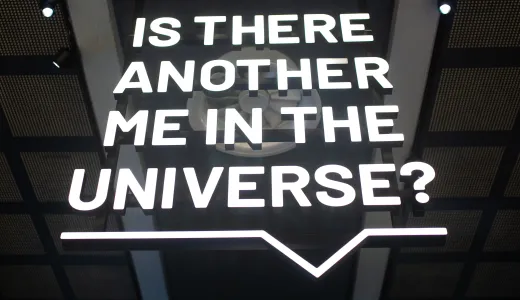
2019

2020
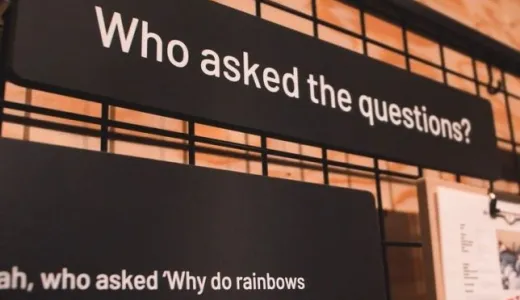
2021
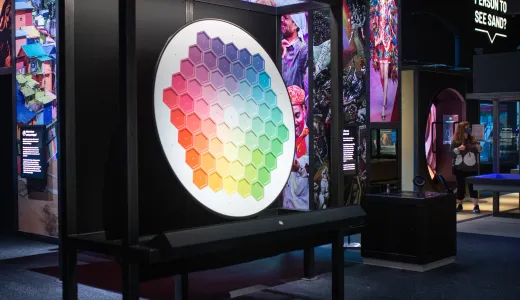
2022

2023
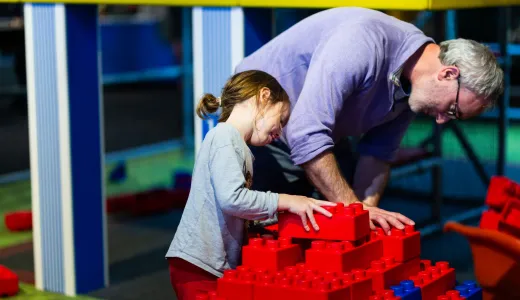
2024
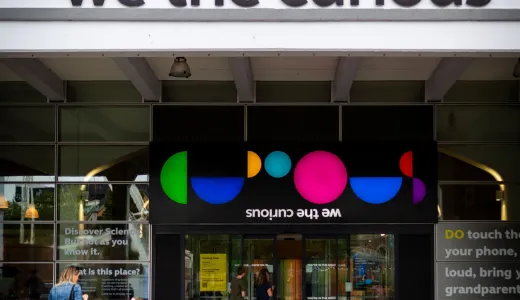
2025

We want people to be inspired by science, and science to be inspired by people.- Donna Speed, We The Curious CEO

